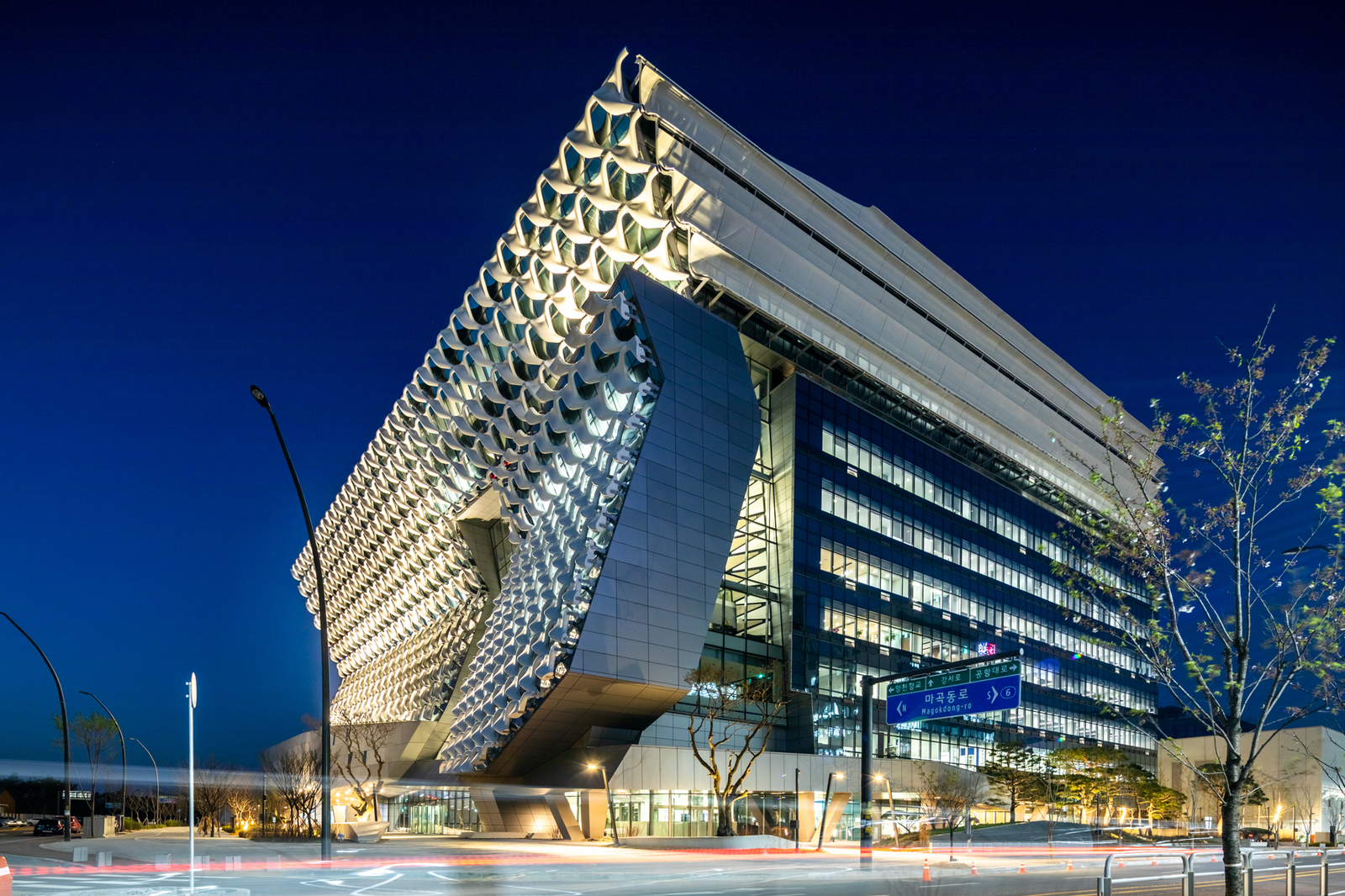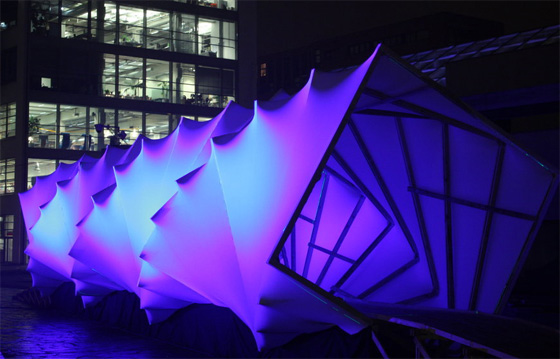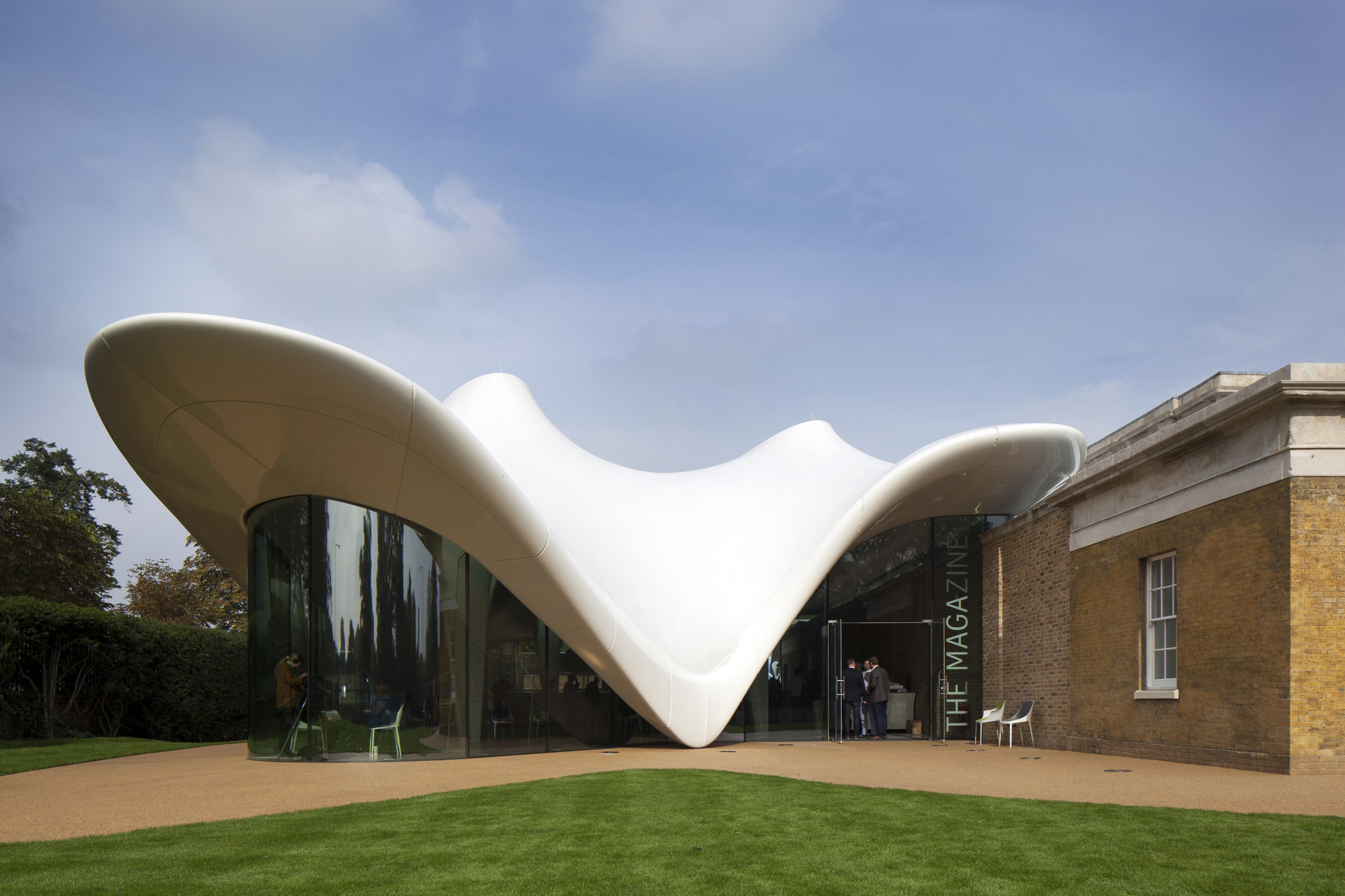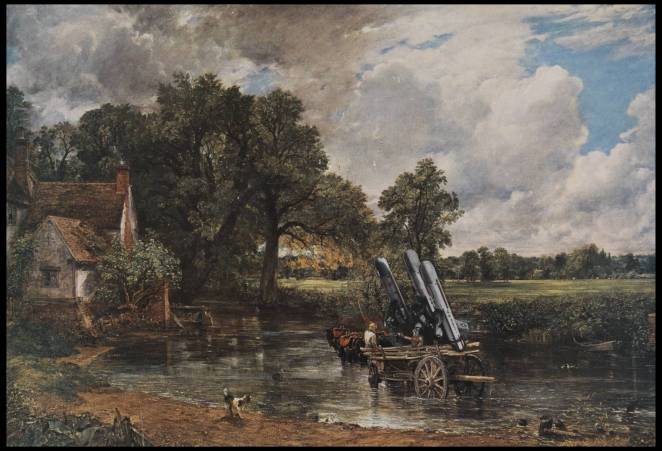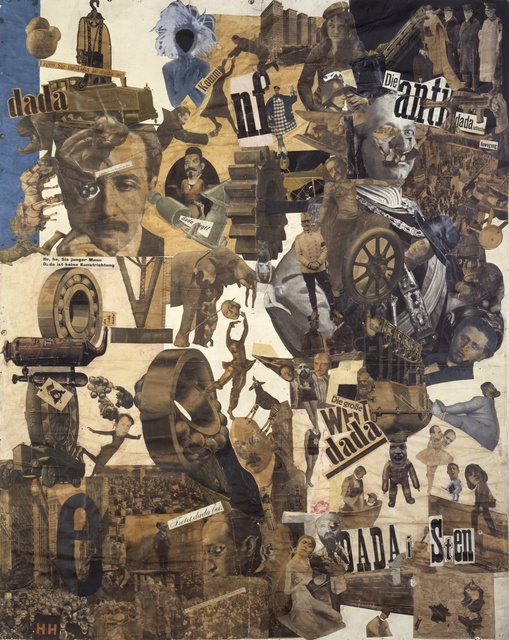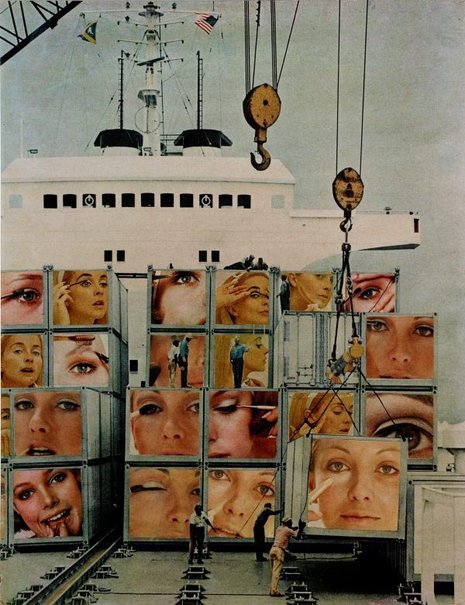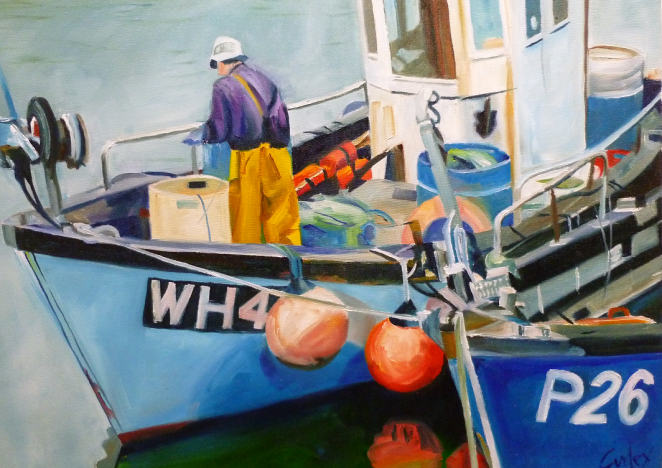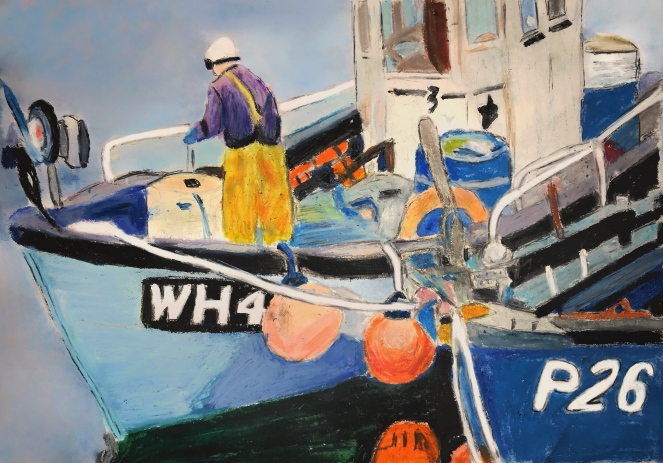Christian Boltanski’s 2010 installation ‘Personnes’

Art or Design – Installation art, not functional and more about the contemplation it causes. An example of contemporary art as it challenges the boundaries of art. The components only become ‘art’ when in the context of Boltanski’s installation.
Temporary or Permanent – Was open during January and February of 2010.
Large or Small scale – On view in the Grand Palais, Paris and part of the 13,500 square metre exhibition space.
Transforming and/or Defining and/or Forming – The whole space is used and transformed due to the large crane with a metal grabber, piles and the large mound of clothes, as well as the sound of heartbeats.
Immersive and/or Distant – Viewers can walk amongst the work and alongside the piles of clothes. It is a whole experience and not something viewed from a distance.
Pattern and/or Colour and/or Repetition and/or Shape – The installation uses the repetition of piles of clothes and street lights to form the grid shape and a large mound. Repeated audio of heartbeats is also used within the space.
Before answering the questions below I also read Laura Cumming’s article with The Guardian, which can be read here.
The noise of heartbeats permeates the exhibition, why do you think that is?
- makes it a more immersive experience
- links to the apparent themes of life and death
- feels more personal (each heartbeat is unique to a person)
- can be linked to the clothes (also represent a person)
- adds deeper meaning and creates further questions – are the sound and visuals connected? What happened?
- also adds emotion – heartbeats can be both joyful/comforting and eerie/sombre
To what extent are the textiles transformed into something other than fabric?
- they are a metaphor for deeper themes – mortality, the inevitability of death, time etc.
- they symbolise someone, a life and a story
- represents the loss of lives and suffering
What’s the significance of the installation title and the mechanical grabber?
- the title means both people and nobodies – represent people but they are anonymous and still unknown to us
- highlights issues of status, people may be known in life but we are all the same at death
- the mechanical grabber may signify chance or the ‘hand of God’
- also links to the idea of time and how life is short
- life and death is a continuous cycle
- can also link it to consumerism and poor attitudes to waste – disposable
What associations does this work conjure up in your mind?
- life and death
- the loss of lives – particularly through violence, murder and diasters
- makes me think about the holocaust, genocide and mass murders
- reminds me that death does not discriminate
- I also associate it with time and how we can’t control it or how much time we have to live (can manipulate and try but death is inevitable)
